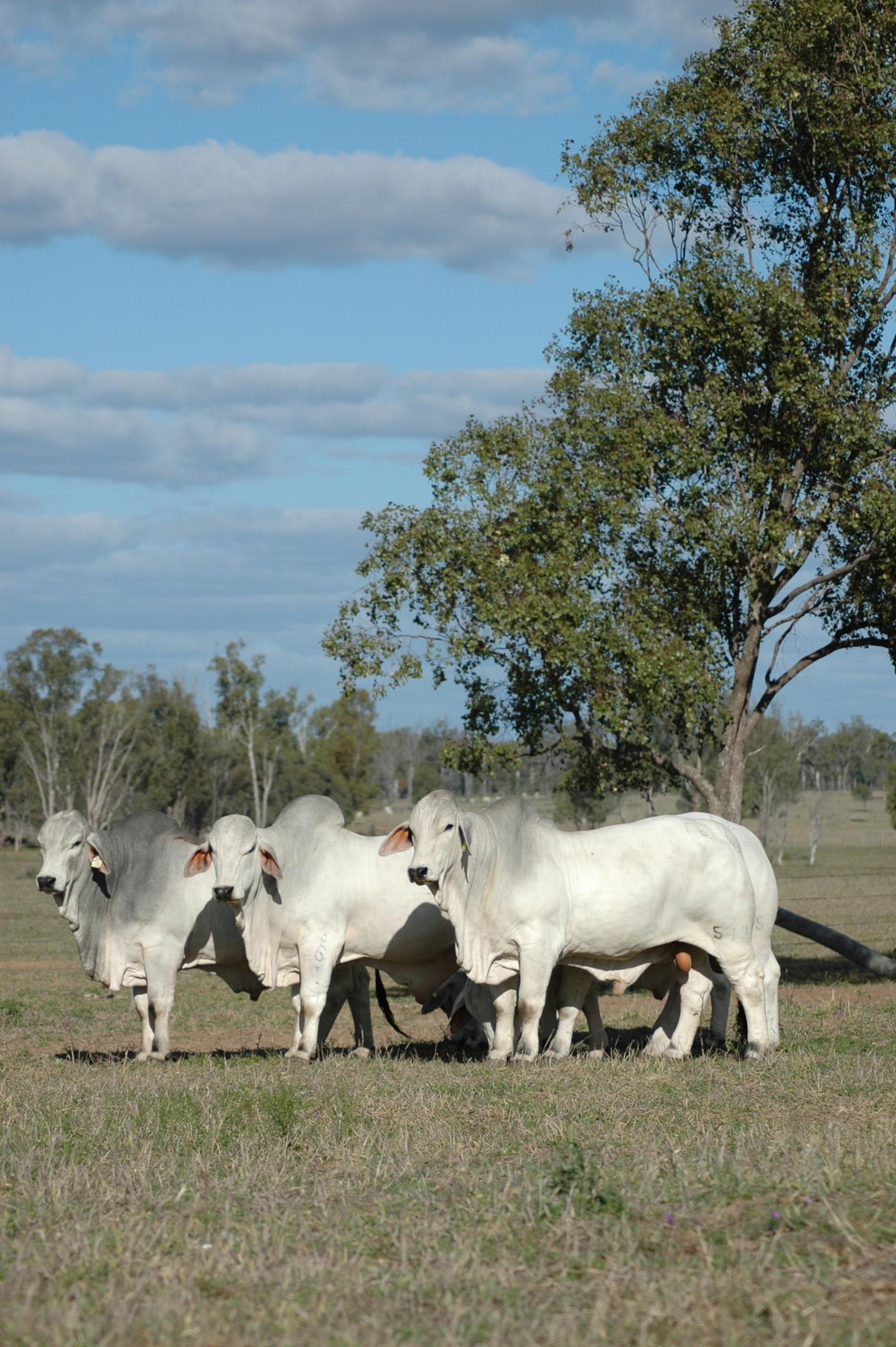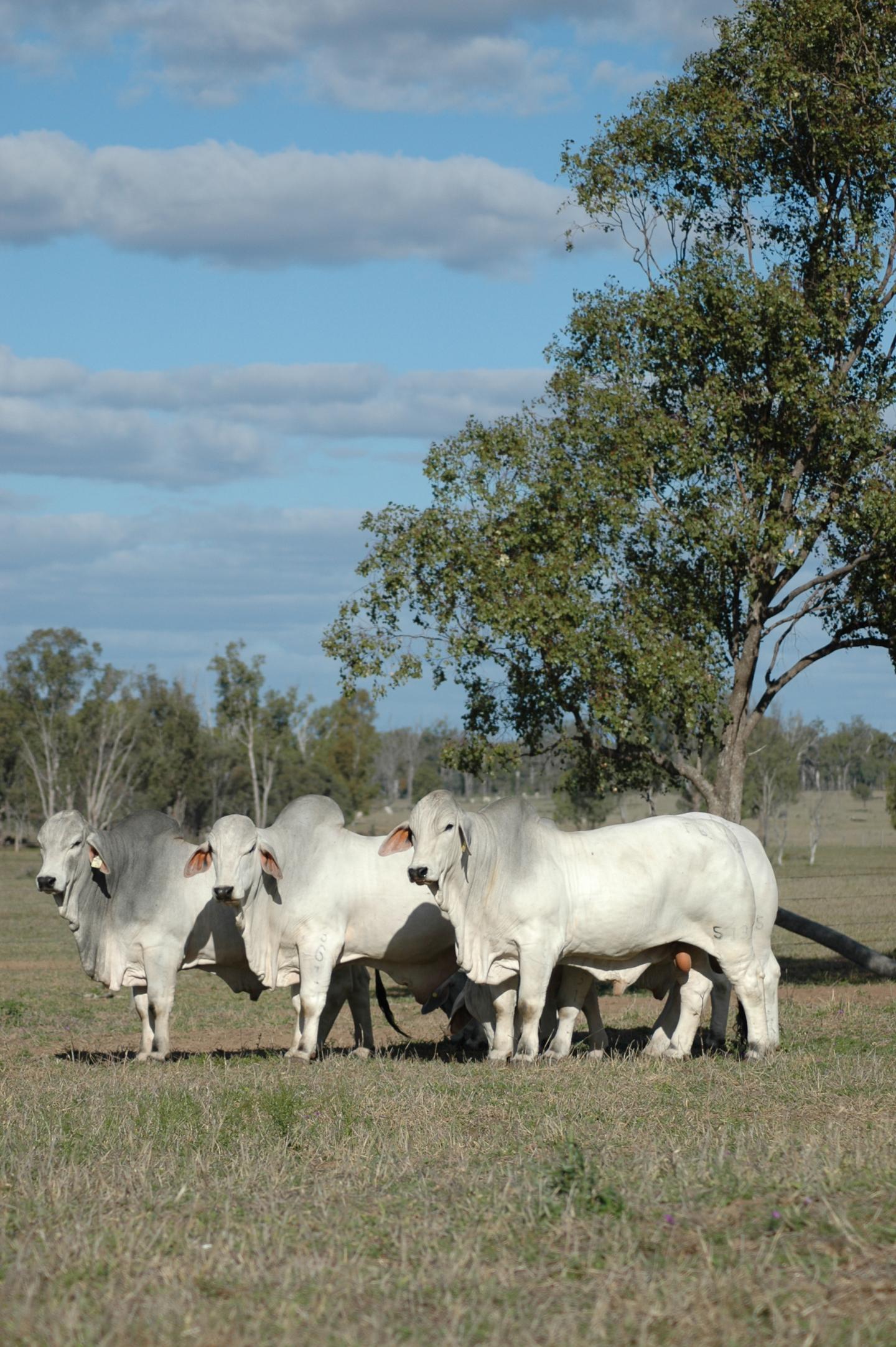
Credit: UQ
The genes of 50 top bulls have been sequenced in an effort to understand how genes from temperate cattle have influenced important production traits in the modern Brahman breed.
The Sequencing the Legends project is led by Professor Steve Moore Centre for Animal Sciences Director at the Queensland Alliance for Agriculture and Food Innovation (QAAFI), a combined University of Queensland and Queensland Government research institute.
"We are unpacking the entire DNA sequences of 50 influential animals then honing in on the genes associated with specific traits in order to capture the best genetics in the Brahman breed," he said.
"Understanding the genetics underlying production traits in Australian tropically adapted cattle is essential for further breed development and crossbreeding strategies," Professor Moore said.
"Brahmans are adapted to tropical climates and there have been more than 300,000 years of separation between Bos indicus cattle such as Brahman and the Bos taurus cattle breeds that are important to temperate production systems."
Queensland is home to almost half of Australia's beef cattle – with a mostly Brahman influence.
But the Brahman genome has been found to contain around seven to 10 per cent Bos taurus genes, a legacy of the breed formation.
"We were not sure how Bos taurus genes in the Brahman genome might affect the animals performance," Professor Moore said.
"Is it just a random mix or have specific taurine genes been retained in Brahmans because they were associated with desirable production traits?"
Professor Moore, his QAAFI colleague Professor Ben Hayes, and Dr Brian Burns from the Department of Agriculture and Fisheries (DAF) lead the research team that is sequencing the DNA from Brahman sires – some dating as far back as the mid-1950s.
DAF and the Australian Brahman Breeders Association were instrumental in selecting and locating the most influential sires for the project.
Results from the Sequencing the Legends project are still being processed but indicate that the Bos taurus genes lurking in the Brahman genome may have been selected for important production traits associated with fertility, growth and temperament.
"This data will help us to better direct breeding decisions and thus boost the productivity and profitability of the northern beef industry," Professor Moore said.
###
This project has been jointly funded by the Department of Agriculture and Fisheries and the University of Queensland.
Media: Professor Stephen Moore, [email protected], +61 417 687 713; Professor Ben Hayes, [email protected], 0434 210 890; Margaret Puls, QAAFI Communications, [email protected], +61 7 3346 0553, +61 419 578 356.
Media Contact
Steve Moore
[email protected]
61-733-466-506
@uq_news
http://www.uq.edu.au
############
Story Source: Materials provided by Scienmag





